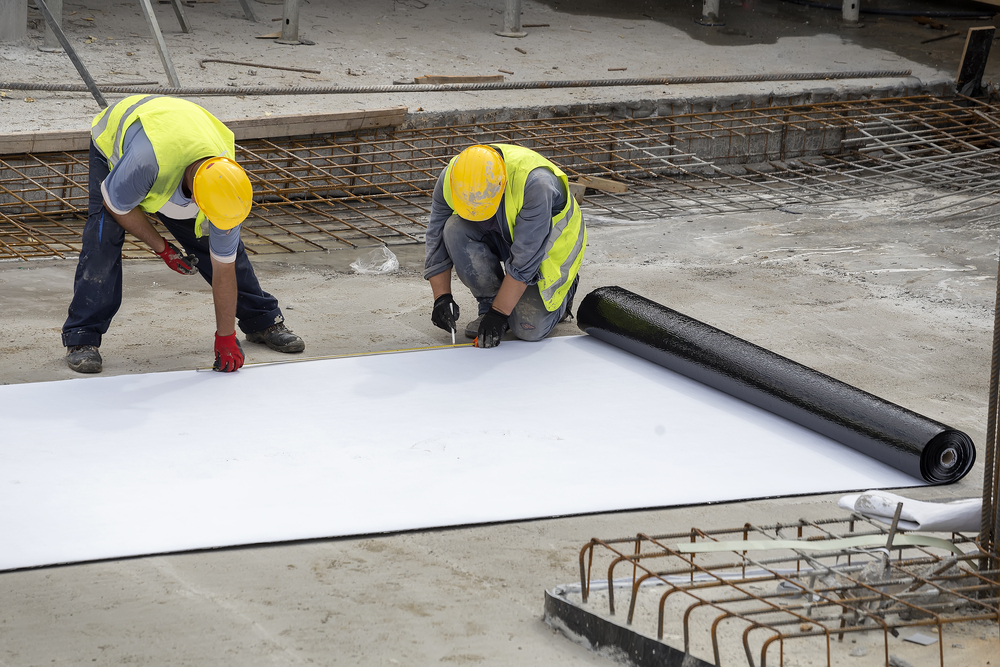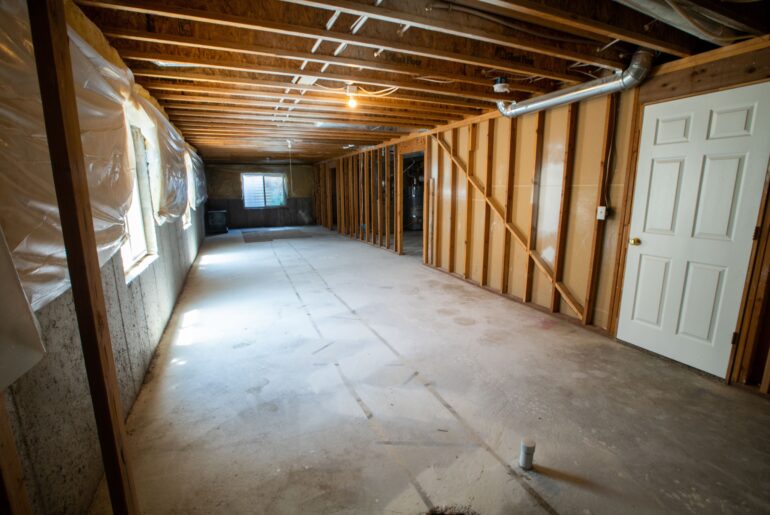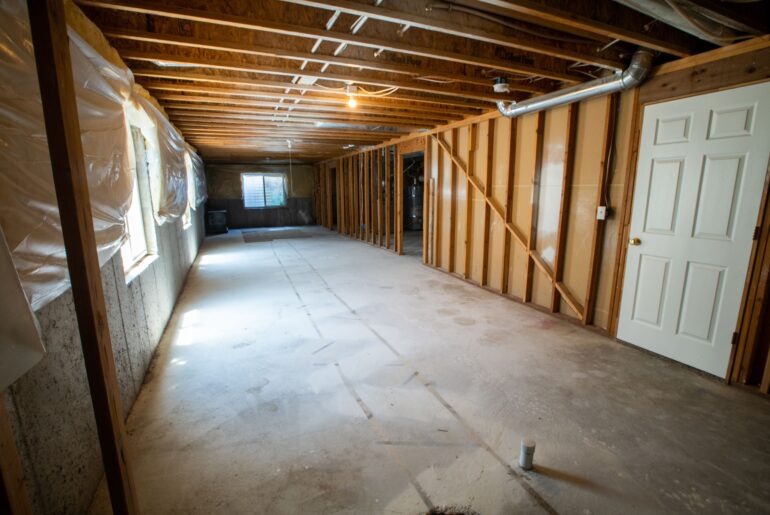In late fall and winter, one of the most popular questions asked online is “how do I seal my foundation?” Perhaps a better question is “should I seal my foundation?”. For some parts of the US there is no requirement to seal a foundation.
Even where there is a requirement not all foundations will require sealing or waterproofing.
Foundations must be strong, stable, and capable of supporting the structure, but they are not always required to be sealed because they should also be vented. Some regions, like Arizona, New Mexico, and South Texas, just don’t get enough cold weather or moisture to justify the investment.
Just because sealing a foundation may not be required doesn’t mean it’s wasted money. There are many reasons to seal your foundation even if cold and moisture are not a problem. Sealing any foundation is an extra layer of protection from frost and water, which are responsible for most foundation problems.
Here we will discuss where and when a foundation is not usually required to be sealed, but is still a great idea.
What Kinds Of Foundations Should Be Sealed?
Foundations surrounding living spaces, like a finished basement, must always be sealed. Crawl spaces, because they do not surround living space, are not required to be sealed in most cases. Crawl space foundations are required to be vented however anywhere building codes are enforced.
In addition to venting, most building codes also require the framing above the crawl space to be insulated, and a vapor barrier installed on the ground below. The same codes will usually require waterproofing or sealing 4”-6” within the uppermost ground slope.
In other words, the foundation waterproofing will be applied to the foundation above the backfill to prevent wet soil from coming into direct contact with the ground. If you’ve seen black or white colors on a foundation just above the ground level, you’ve seen the waterproofing.
What Is the Difference Between Sealing and Waterproofing a Foundation?
The terms sealing and waterproofing are similar enough that they are often interchangeable. Both products do essentially the same thing, which is to provide an additional layer of water resistance between the ground and the masonry.
Sealers generally have a clear appearance and thin texture, while waterproofers tend to be opaque and thick. Due to their elasticity, waterproofers have better resistance to hydrostatic pressure than sealers. Hydrostatic force is the force heavy, wet soil applies horizontally against the foundation.
Sealers are primarily used to reduce water infiltration, so they are used not only on masonry, but wood and stone as well. However, you wouldn’t see someone use a white, gooey waterproofer to protect a wooden deck.
Why Are Some Foundations Sealed When Others Are Not?
Before we discuss when and why to seal a foundation it may be useful to clarify what a foundation actually is. The foundation of a structure is built from three components: the footings, the masonry(cement blocks and concrete), and the exterior facade.
Footings
Footings are very precisely dug trenches filled with at least 8” of concrete. Footings must be level and sitting on compacted or undisturbed soil or they will eventually crack under the weight of the structure. If settling is ignored, gravity will apply uneven downward forces on the footings, causing a crack.
Footings must also be deep enough to avoid frost upheaval in winter. When soil freezes it expands and applies uneven forces to the footings. The effect is gravity in reverse, as the soil applies upward forces exceeding the downward force of gravity. The result is again, cracking of the footings.
Masonry Options
Foundation masonry can include cement blocks, poured concrete, or even stone. Masonry will sit atop the footings and be mortared into place. The two most common masonry foundation designs use lightweight cement block or poured concrete, but stone is common in large structures.
Granite Foundations
The support strength of some natural stone far exceeds either concrete or cement blocks, such as granite. Skyscrapers often use granite as a foundation because the stone has been compacting for millions of years, making it unlikely to fail under the weight of a steel building.
Cement Blocks
Cement blocks and poured concrete are used on normal residential homes because using granite would be overkill. Cement blocks are often installed over rebar supports extending vertically from the footings. Most professional masons place the block over the rebar and mortar it into place for additional lateral strength.
Poured Concrete
With the exception of granite, poured concrete is perhaps the strongest foundation material. Large, multi-story structures will usually have a poured concrete foundation unless granite is warranted.
Poured concrete foundations are normally accompanied by fiberglass, rebar and steel lattice. Forms are created to control the flow of the concrete, which embeds itself around the rebar and lattice as it finds its own level inside the form.
Can I Use Bricks Or Stucco As a Foundation?
Foundation materials must be designed to support the additional weight of the structure. Bricks are designed to support their own weight and nothing else. As a result, you cannot use only bricks as a foundation for a permanent structure even though they may appear as strong as a cement block.
Bricks do not require sealing because they are too dense to absorb enough moisture to pass through the brick. However, as an added measure against water, house wrap is often installed behind the brick in case a crack develops in the future.
Stucco is another common material found on foundations. Stucco can be part of a foundation, but it is not a foundation by itself. Stucco is just another form of exterior coating like siding or brick and is not structural in any way.
However, if stucco is installed over either poured concrete or cement blocks it should be sealed. Unlike bricks, stucco is thin by comparison and will easily absorb moisture. Colored stucco top coats are often sealed with a clear sealer, while standard brown coats are often waterproofed or painted.
Does a Poured Concrete Foundation Need to Be Sealed?
Generally, poured concrete foundations do not require sealing because like brick, the concrete is too dense to allow moisture to penetrate to the other side. Sealing or waterproofing a poured concrete foundation is still a great idea however because it adds durability to the foundation for very little cost.





